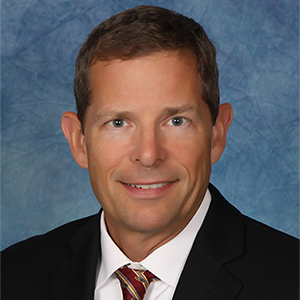Unfortunately, divorce often becomes acrimonious, and that acrimony frequently centers on money. Allegations of hidden assets, or even fraud, can muddy the waters and heighten tension, making a fair resolution increasingly difficult. Especially when a private business interest is involved, valuation and forensic accounting expertise is key in helping spouses equitably divide their assets.
Looking behind the numbers
Valuators may have to watch out (and adjust) for spouses trying to dissipate their businesses’ values. For instance, the moneyed spouse may attempt to hide business assets, delay revenue recognition, or overstate expenses.
The non-moneyed spouse generally has less experience and knowledge of the business, as well as limited access to the business records, and therefore would be less likely to detect this course of action. To determine whether the claim is justified or is completely without merit, valuation and forensic accounting expertise can be key.
A lower bottom line benefits a moneyed spouse in two ways. First, to the extent that a company’s value is based on its earnings and adjusted net cash flow, reduced income lowers value. Therefore, low profits increase a moneyed spouse’s share of the marital estate’s remaining assets. Some moneyed spouses will even hide physical assets or use fraudulent accounting tactics to lower profits reported before their divorces.
This requires the valuation expert to look behind the numbers and use forensic accounting techniques to search for unreported income. One approach valuators use to uncover missing income is to search for hidden cash.
Finding missing cash
Business owners sometimes receive unreported income in the form of cash. To avoid detection, the business does not record the income in its books or deposit the cash in its bank account. However, professionals can use several forensic accounting techniques to indicate whether cash is missing and estimate how much the owner is not reporting.
Under the bank deposits method, the expert reconstructs income by analyzing bank deposits, canceled checks, and currency transactions. The expert also accounts for cash payments made from undeposited currency receipts as well as non-income sources of cash such as loans, gifts, inheritances or insurance proceeds.
Alternatively, when professionals use the source and funds application method, they analyze the business owner’s personal sources and uses of cash. This method is effective in addressing the question: Where did income and other funds come from, and what were they used for? If the owner is spending more than he or she is taking in, the excess represents unreported income.
The net worth method is based on the assumption that an unsubstantiated increase in a business owner’s net worth is attributable to unreported income. Here, the valuator estimates net worth using documents such as bank and brokerage statements, real estate records, and loan or credit card applications.
Under the percentage markup method, the expert estimates net income by applying a benchmark profit percentage to sales or some other base amount. He or she starts with the amount of gain in net worth, subtracts reported income and adjusts this amount to reflect nondeductible expenditures—such as capital asset acquisitions—and non-income sources of funds. This method is often used to corroborate results of other methods.
Reaching an accurate and fair result
The techniques described here are just a few examples of the many ways forensic accounting techniques can produce more accurate valuations. When searching for hidden cash, it is important for valuation professionals and legal counsel to work together closely, because laws and legal precedents in divorce cases may differ from state to state. Such collaboration can help ensure that the numbers are accurate—and that settlements are fair and hold up in court.
© 2016


